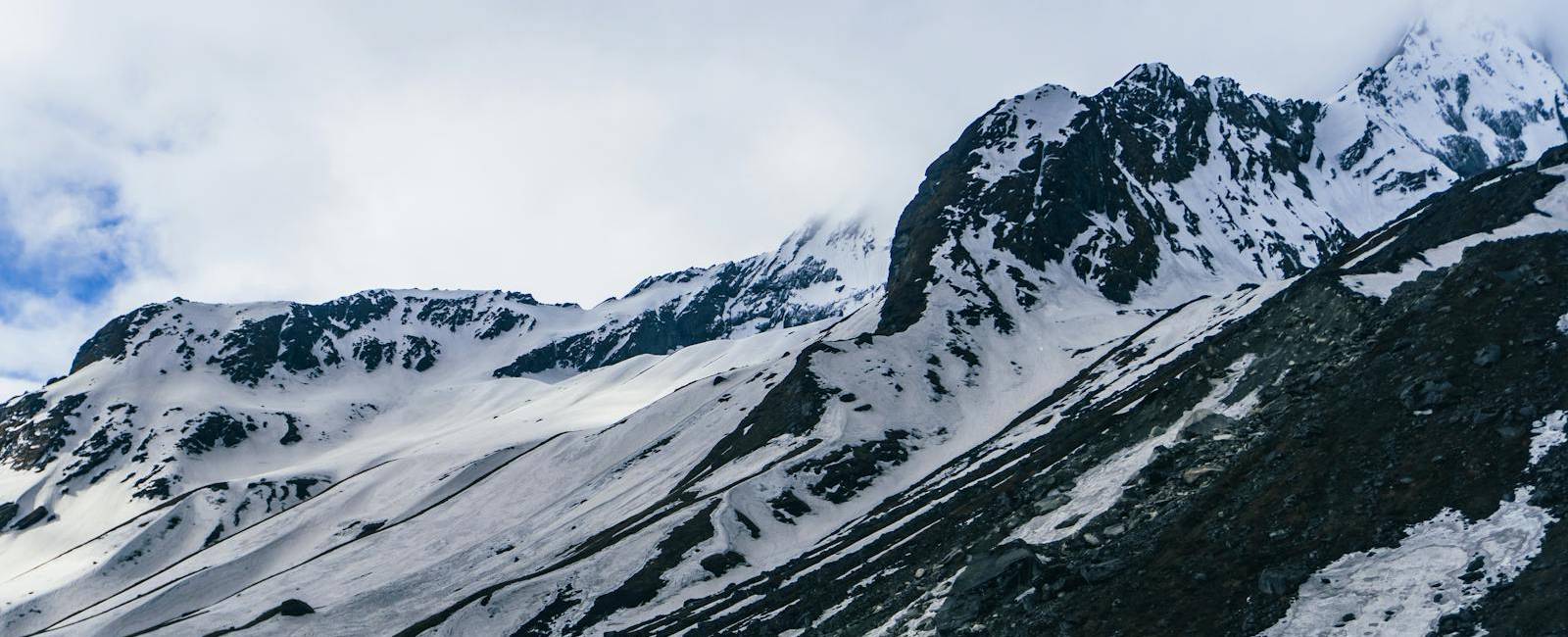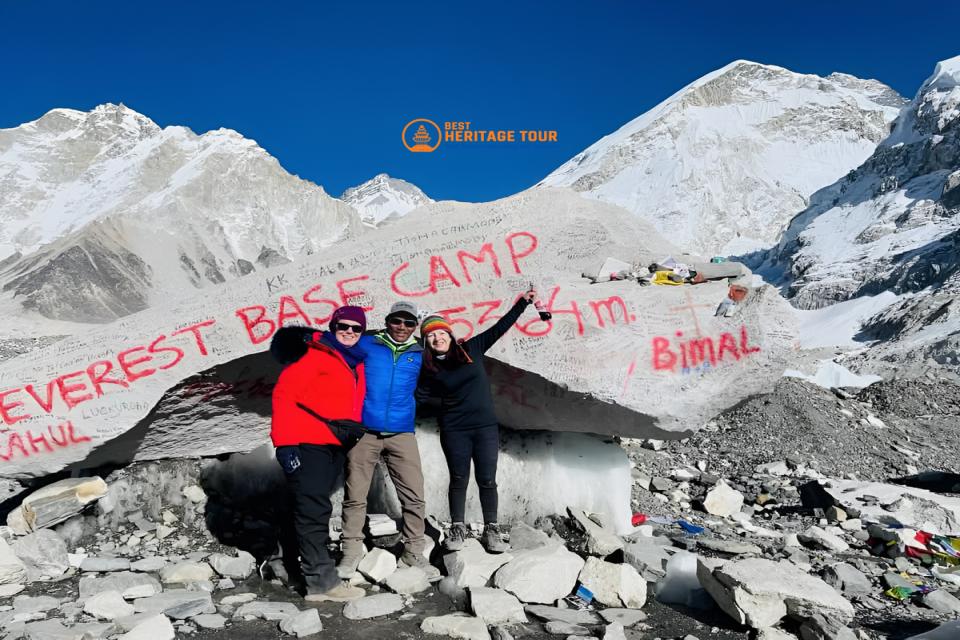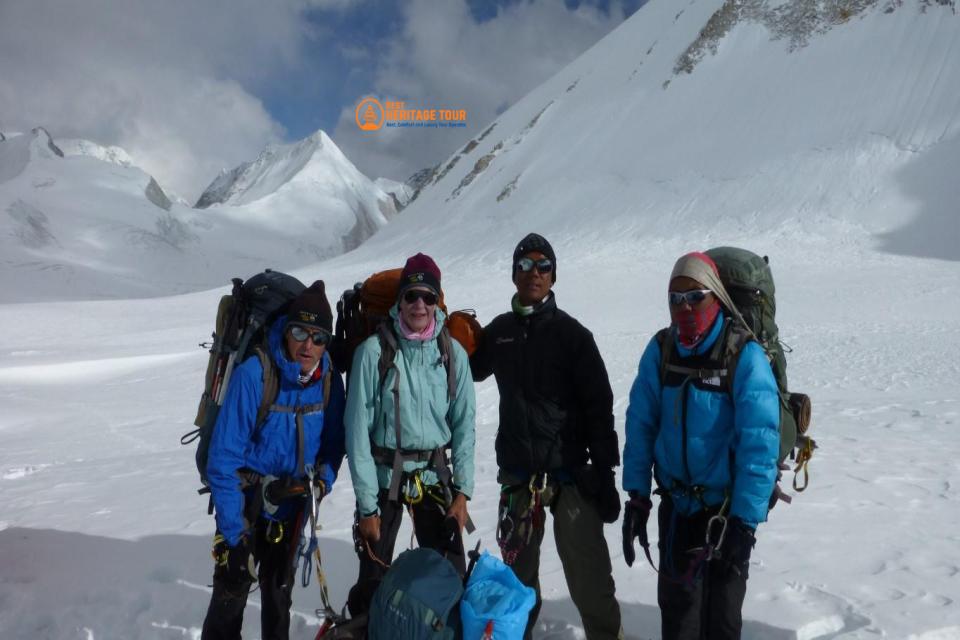Trekking to Everest Base Camp (EBC) is one of the most iconic adventures in the world. The journey takes you through Sherpa villages, across suspension bridges, and into the heart of the Himalayas, all while gaining significant altitude. With temperatures varying from warm days to freezing nights and the risk of unpredictable weather, having the right gear is essential not just for comfort but also for safety.
Here’s your essential equipment list broken down with the type and purpose of each item included.
Head & Face
-
Sun Hat / Cap: Wide-brim or baseball-style cap to protect your face and neck from strong sun exposure.
-
Woolen Hat / Beanie: Thick beanie to keep your head warm during cold mornings, evenings, and higher altitudes.
-
Neck Gaiter / Buff: Multipurpose cloth tube to shield your neck and face from wind, dust, and cold.
-
Sunglasses (UV-protected, category 3 or 4): Glacier or high-altitude sunglasses to protect your eyes from strong UV rays and snow glare.
-
Headlamp with Extra Batteries: LED headlamp to help navigate in low light, during early morning hikes, or when teahouse power is out.
Upper Body
-
Base Layer Shirt: Moisture-wicking thermal shirt to keep sweat off your skin and regulate body temperature.
-
Fleece Jacket / Lightweight Down Jacket: Insulating mid-layer jacket to retain warmth during cooler parts of the trek.
-
Insulated Down Jacket (Heavy): High-loft jacket to stay warm in sub-zero temperatures, especially above 4,000 meters.
-
Windproof/Waterproof Shell Jacket (with hood): Protective outer jacket to block wind, snow, and unexpected rain showers.
-
Quick-Dry T-Shirt (Synthetic or Merino): Breathable shirt to stay comfortable on warmer trekking days and dry quickly.
Lower Body
-
Trekking Pants (Convertible optional): Lightweight, stretchable pants to provide comfort and flexibility on varying terrain.
-
Thermal Base Layer Bottoms: Warm leggings to wear under trekking pants in cold conditions.
-
Rain Pants / Shell Pants: Waterproof over-pants to protect your legs from rain or snow.
Hands
-
Inner Gloves (Fleece or Merino): Thin gloves to provide warmth and maintain finger mobility in mild cold.
-
Outer Gloves (Waterproof/Insulated): Heavy gloves to protect your hands from freezing wind and snow.
Feet
-
Trekking Boots (Waterproof with Ankle Support): Durable boots to protect your feet and ankles over rocky, icy, and uneven terrain.
-
Camp Shoes / Slippers: Lightweight footwear to rest your feet in teahouses or for nighttime bathroom use.
-
Thermal or Wool Socks: Thick socks to keep your feet warm and reduce the chance of blisters.
-
Liner Socks: Thin socks to wear under wool socks for extra comfort and blister prevention.
Accessories & Gear
-
Backpack (40-50L) with Rain Cover: Medium trekking backpack to carry your clothes, snacks, and gear with a cover for rain and snow protection.
-
Daypack (15-25L): Small backpack to carry daily essentials like water, snacks, and valuables if using a porter.
-
Trekking Poles (Adjustable): Poles to reduce stress on your knees and improve stability during steep ascents and descents.
-
Reusable Water Bottle (2-2.5L): Durable bottle to stay hydrated and reduce plastic waste.
-
Hydration Bladder (Optional, 2-3L): Flexible water pouch with a tube to allow hands-free drinking while walking.
-
Personal First Aid Kit: Compact kit to carry altitude meds, band-aids, antiseptic, pain relief, and blister care items.
-
Sleeping Bag (Comfort Rating -10°C to -15°C): Warm sleeping bag to ensure a comfortable night’s sleep in freezing conditions.
-
Power Bank / Solar Charger: Portable charger to keep phones, headlamps, and GPS devices running during long stretches without power.
Proper preparation can turn a challenging trek into an unforgettable adventure. The right gear not only enhances your comfort but also plays a key role in altitude adaptation, weather protection, and trail safety. With this checklist tailored for Everest Base Camp, you’re now equipped to embrace the journey confidently and focus on the beauty of the Himalayas. Pack smart, trek safe, and enjoy every step toward the world’s highest peak.




